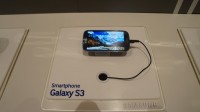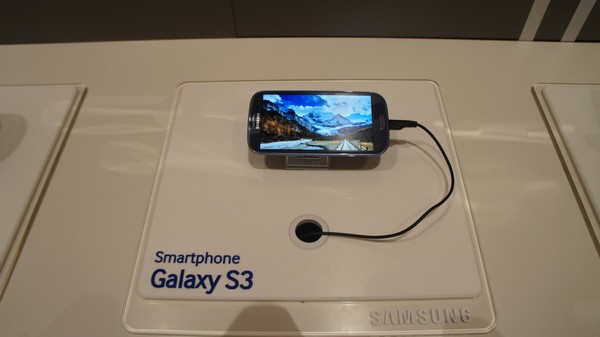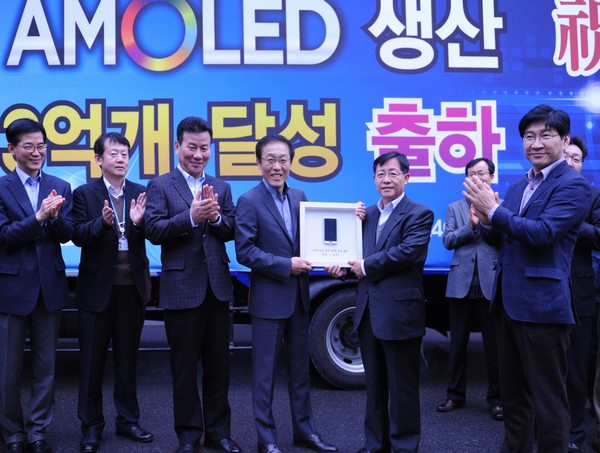(Auszug aus der Pressemitteilung)

SEOUL, Korea – January 24, 2013 – Samsung Display Co., Ltd, a global
that it has exceeded 300 million panels in cumulative OLED (Organic
Light Emitting Diode) panel production since mass production began in
January 2007.
Piling all 300 million Samsung OLED panels on top of one another
would equal more than 68 times the height of Mt. Everest. That volume
averages out to having produced more than 470,000 panels a day, or
5.4 panels a second.
While it took Samsung Display four and a half years to reach the
initial 100 million production mark for OLED panels, the next 100
million units were produced in just eleven months, and the last 100
million units were produced in only seven months.
Samsung Display held a ceremony to commemorate the 300 million
production milestone today at Samsung Display City located in Asan
city, Chungcheongnam-do, Korea, which was attended by its president
and more than 300 other employees.
Kinam Kim, the president and CEO of Samsung Display, said at the
ceremony, „After six years of nearly constant production, we have
achieved a monumental milestone in producing 300 million panels,
which represents the vast majority of OLED panels produced during
that time.“ He added, „Samsung Display will accelerate its leadership
in OLED production by introducing the next generation OLED
technology, including large-sized TV panels and flexible displays.“
Samsung Display has 98 percent market share in the OLED panel
market. Its OLED technology is considered the premium technology for
the next generation of displays due to OLED’s high color gamut, more
vivid and natural images than conventional display technologies, and
optimized features for future displays including flexible and
transparent display technologies.
Since Samsung Display mass produced the world’s first OLED panels in
2007, its OLED displays have been used in smartphones, tablet PCs and
digital cameras.


Neueste Kommentare
15. Dezember 2025
15. Dezember 2025
11. Dezember 2025
11. Dezember 2025
5. Dezember 2025
4. Dezember 2025